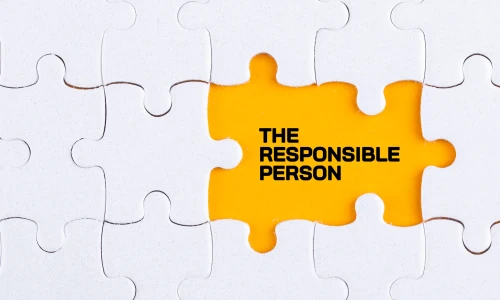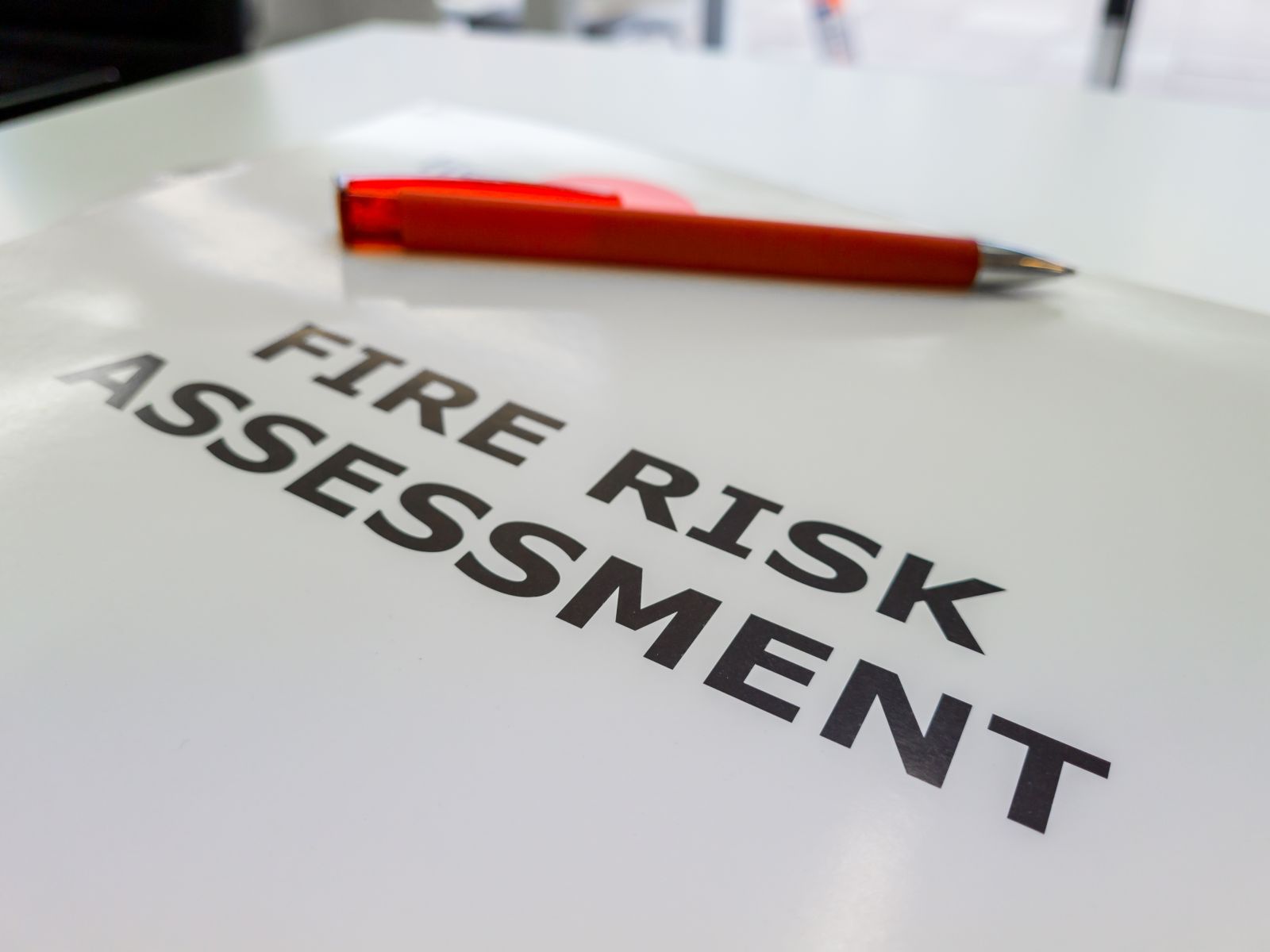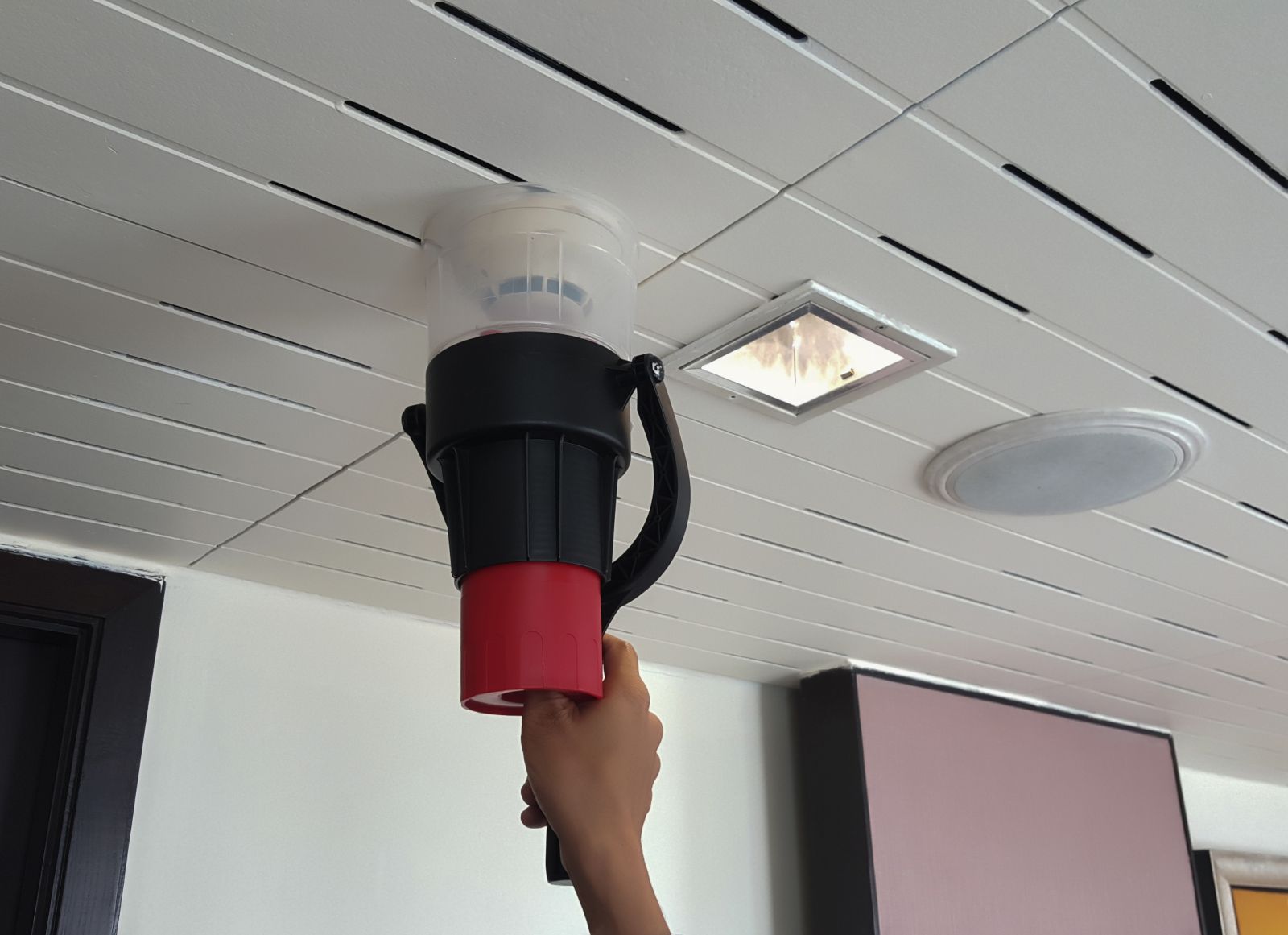
Fire safety is critical to ensuring the well-being of building occupants, whether it’s a workplace, residential property, or a commercial space. In the UK, legislation makes it clear who holds the responsibility for ensuring fire safety – the Responsible Person (RP). But who exactly is the Responsible Person, and what do their duties entail? Let’s break it down.
As defined in the Regulatory Reform (Fire Safety) Order 2005 Article 3:
In this order "Responsible Person" means:
In simple terms, the Responsible Person is the individual (or sometimes an organisation) who has control of the premises or is responsible for the management of the building. According to the Regulatory Reform (Fire Safety) Order 2005, the role applies to:
For example, if you own or manage a block of flats, office building, or shop, you are likely the Responsible Person. If there is more than one person sharing control (such as in mixed-use buildings or when property management is outsourced), all parties will have shared duties.
Being the Responsible Person isn’t just a title – it comes with serious legal obligations designed to prevent fires, protect lives, and safeguard property. Here are some of the key responsibilities:
The cornerstone of fire safety management is the fire risk assessment (FRA). As the Responsible Person, you must ensure that a thorough risk assessment is carried out by a competent person. This assessment should identify fire hazards, the people at risk, and measures to control or eliminate these risks.
Importantly, the fire risk assessment isn’t a one-off task – it must be regularly reviewed and updated, especially when changes to the building structure, use, or occupancy occur.

Following the fire risk assessment, the Responsible Person must act on the findings as normally detailed within the action plan of the report. An action plan within a fire risk assessment is a detailed outline of the steps that need to be taken to address identified fire hazards and reduce risks. It's essentially a roadmap for improving fire safety in a specific building or premises and should provide you with the information to make informed decisions. By following a well-structured action plan, Responsible Persons can significantly reduce the fire risk within their property and make improvements towards protecting the safety of the building occupants.
Here are some examples of items which maybe included in the action plan:

An effective emergency plan is essential to ensuring that everyone knows what to do in the event of a fire. As the Responsible Person, you are tasked with developing and communicating this plan to all occupants of the building. This includes escape routes, assembly points, and assigning fire wardens or marshals in the workplace.
The safety of your building’s occupants depends on their knowledge of fire safety procedures. The Responsible Person must ensure that staff and residents are adequately trained in fire safety. This involves:
For businesses, fire safety training should be tailored to the specific risks identified in the fire risk assessment.
Fire alarms, extinguishers, and emergency lighting require regular testing and maintenance. The Responsible Person must arrange for qualified professionals to check these systems and ensure they are functioning correctly. This also includes maintaining records of all inspections, drills, and servicing.
In buildings with multiple occupants or businesses, the Responsible Person must work closely with others who have control of the premises. This is essential to ensure a coordinated approach to fire safety, particularly when shared spaces or evacuation routes are involved.
For instance, in multi-tenanted offices or apartment blocks, landlords and business owners must collaborate to ensure fire safety responsibilities are met and that there is a clear understanding of who is responsible for specific actions.
In addition, you need to ensure you Cooperate with fire authorities in any investigations or inspections, providing any requested information or assisting where asked.
You must ensure that you maintain records of all safety and fire safety related information and or changes within the premises. Ensure you have a fail safe procedure to record and maintain information, which may need to be accessible at any time.
Just having a fire risk assessment completed is not enough, you must regularly review and update fire safety measures and emergency plans to reflect changes in circumstances. Has the property changed, has a risk within the property changed, has the people's needs within the building altered, has how you use the building on a day-to-day business been updated, are there new fire safety laws in place, are there new technologies or equipment available that could change the risk of fire or reduce the risk of fire?
This is an ever-evolving role, of which you need to continue to pay close attention too.
The duties of the Responsible Person are not optional. Failing to meet fire safety responsibilities can result in severe consequences, including:
Being the Responsible Person is a crucial role that helps to safeguard lives and protect property from the devastating effects of fire. By understanding and meeting your legal responsibilities, you play an essential part in fire safety management. Whether it’s ensuring the regular upkeep of fire safety measures, conducting a comprehensive fire risk assessment, or educating building occupants, your actions can make all the difference in preventing fires and minimising their impact.
Are you confident that you’re meeting your fire safety responsibilities? If you’re unsure, now is the time to review your practices.
For professional fire risk assessments and advice on how to meet your obligations, please feel free to contact our team today.